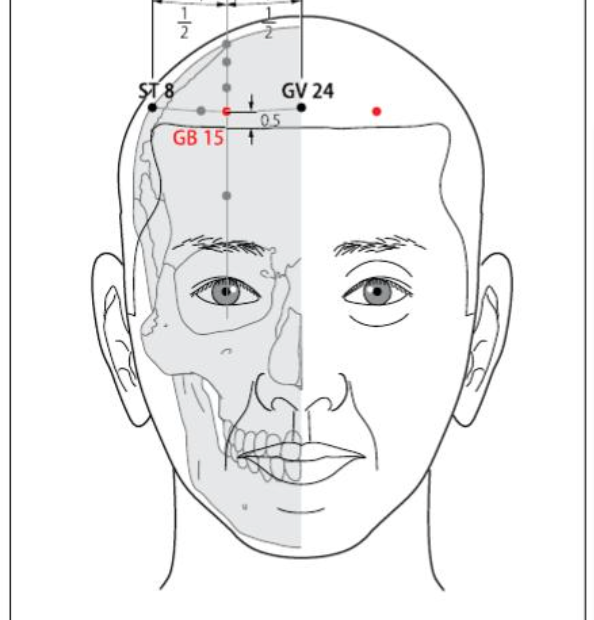
The Wind is a Yang type pathogen and is often associated with disorders and diseases. The Wind often comes and goes in the body without warning, resulting in sudden headaches and unusual body movements. The symptoms of the Wind can also include sweating, tremors, and tics. These are all indications of a problem with the Wind. These syndromes can be quite difficult to deal with, but can be managed by a trained acupuncturist.
The Wind is characterized by migratory symptoms. When attacked by the Wind, diseases can change quickly. For example, a person might experience a sharp pain in one joint and a stuffed-up nose. The Wind may be the cause of a cold or an infection. In other cases, a patient may have a fever, pain in the body, or a clogged nasal passage. The main symptom of wind disease is cough.
The Wind is associated with the spring season in Chinese medicine and is a direct influence of the Liver and Lungs. Like the wind outside, the Wind in the body rises abruptly, flows upwards, and has several characteristics. Common symptoms of the Wind are a stuffed nose, headache, and a clear discharge from the nose. Tender parts of the cranium and neck are also often affected by Wind.
The Wind can affect the Liver, Lungs, and cranium. This energy is similar to the wind in nature, so the Wind in the body will rise and move upwards, causing the symptoms. These symptoms appear in the head, body surface, and limbs. When the wind enters the body, the pores may open and sweating may occur. The symptoms of wind are similar to those of the other Perverse Energies.
The Wind can attack the lungs and liver. These two organs are responsible for a wide range of diseases, including arthritis. The wind can also attack the liver, causing it to malfunction. The body is susceptible to the effects of the Wind, and it can even lead to a death sentence. A symptom of the wind may be a headache, so a cure should be sought immediately. The pain is accompanied by fever, red eyes, and a sore throat.

The Wind is also associated with the Liver and Lungs, but the symptoms of wind are different. A cold wind can cause a headache, and can make you feel cold. Hot and damp winds cause sweating and pain, and the body can become swollen. Similarly, the Wind can lead to fever and a cough. A person experiencing these symptoms may have a stuffed up nose or clear discharge from the nose.
Wind can cause many different symptoms, depending on the type of wind. Some people are disgusted by cold wind. This condition is accompanied by headaches, fever and generalized pain. In addition, wind can damage the liver and other organs. In some cases, it can also cause nosebleeds. Winds can be dangerous and even lead to infection or worse.
Wind is the most common type of wind in Chinese medicine. In general, this type of wind is destructive energy. The destructive wind can attack any meridians, including the liver. This may cause headaches. Other types of Wind can also affect the kidneys, lungs and intestines. When the wind is in the body, it can cause an aversion to the heat of the sun and an aversion to the cold.
As mentioned earlier, Wind is a malefic energy that affects the Liver and Lungs. This is often accompanied by other harmful energies, including arthritis. Wind symptoms vary and are often associated with an aversion to wind. In addition, the symptoms of Wind are similar to those of other ailments. These diseases can also cause other migratory signs such as a stuffy nose and clear discharge.
Other symptoms of wind may include bloating, nausea, or abdominal pain. Read more about the symptoms on the website https://incasolmxofficial.com/. Inflammation in the intestines is a sign of trapped wind. Stomach pain is also a sign of trapped wind. Abdominal pain is often accompanied by dizziness and ringing in the ears. In rare cases, the patient may also experience tremors and anaphylactic reactions.